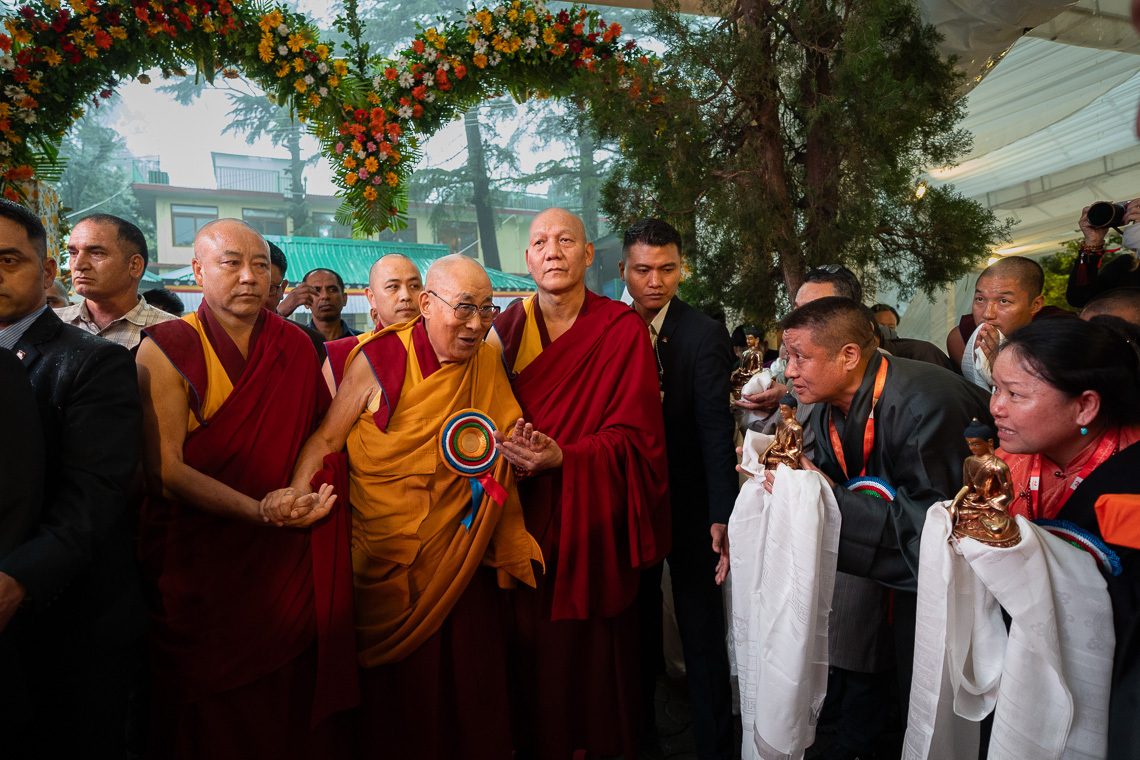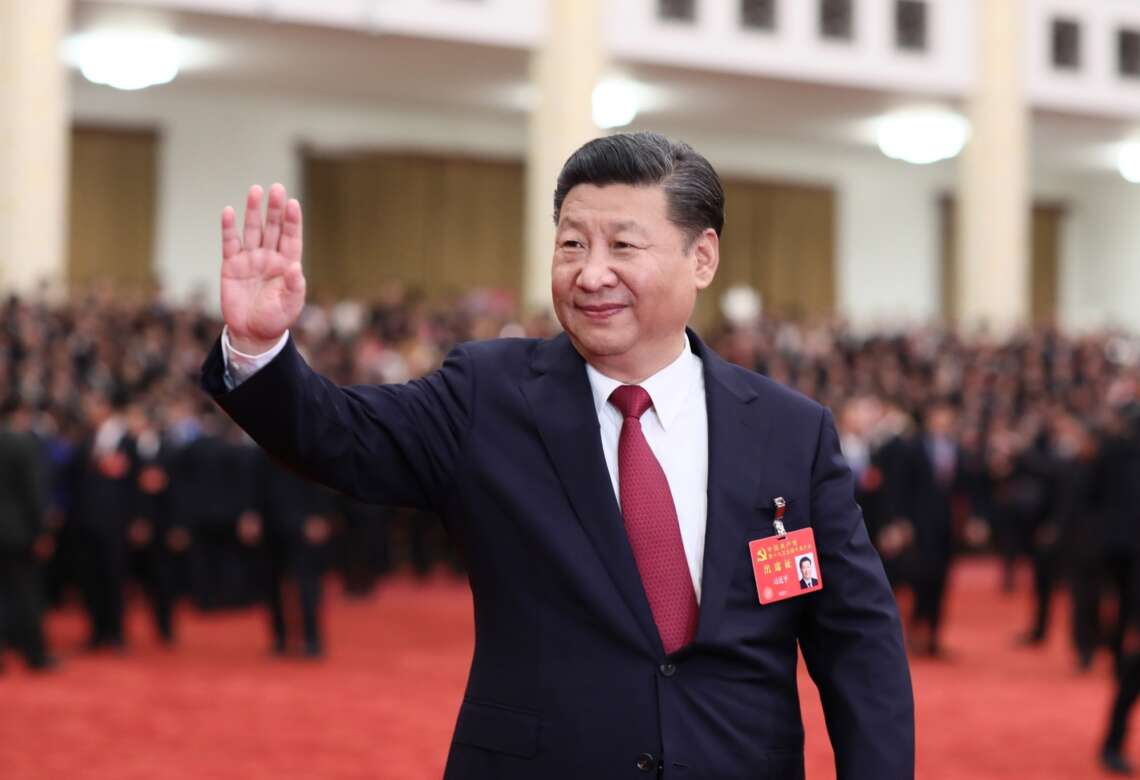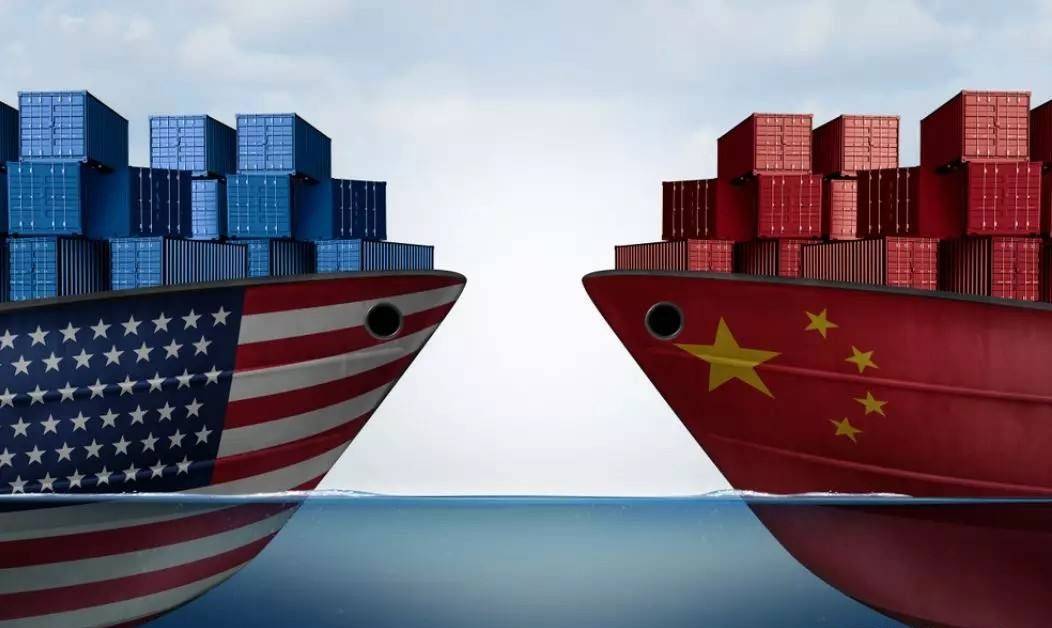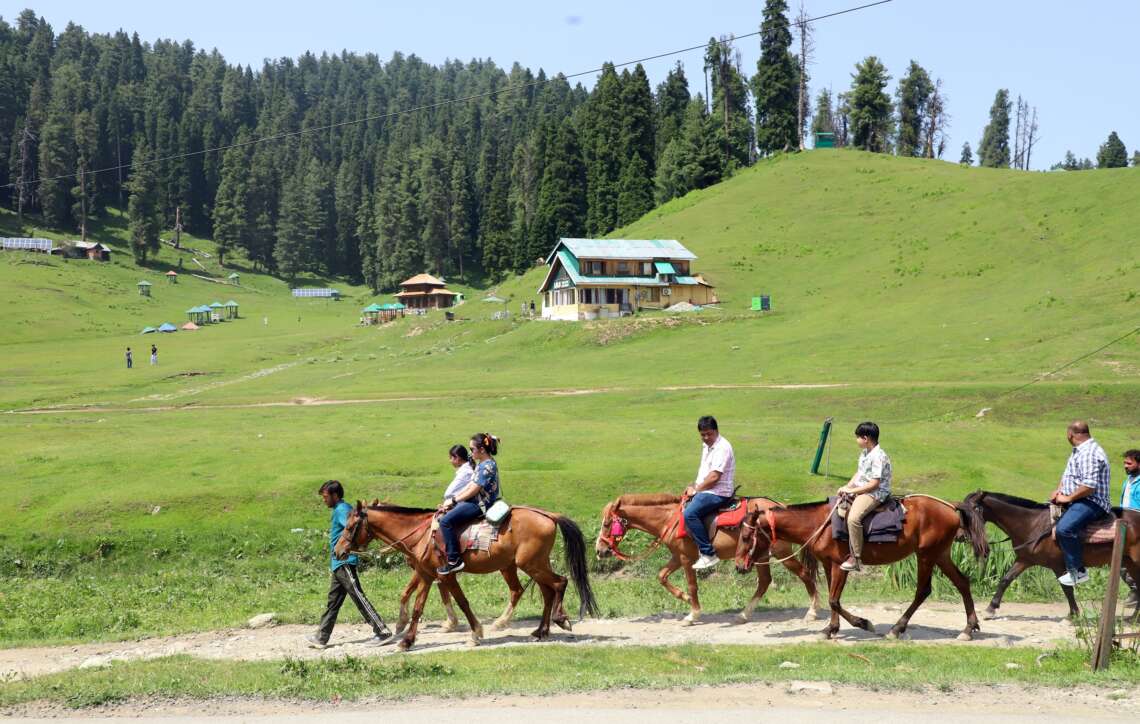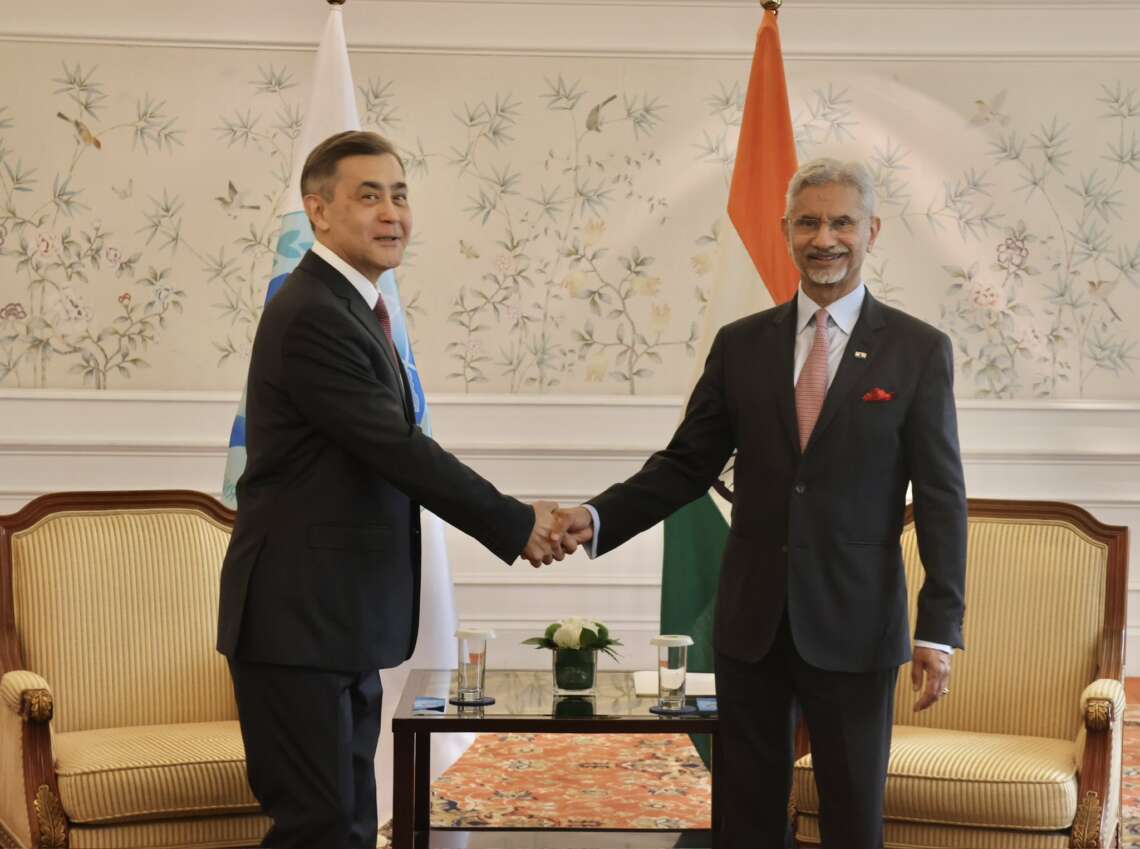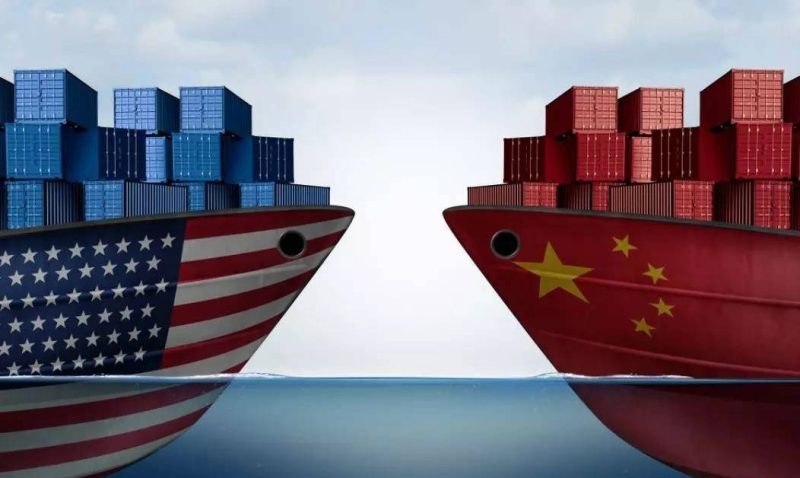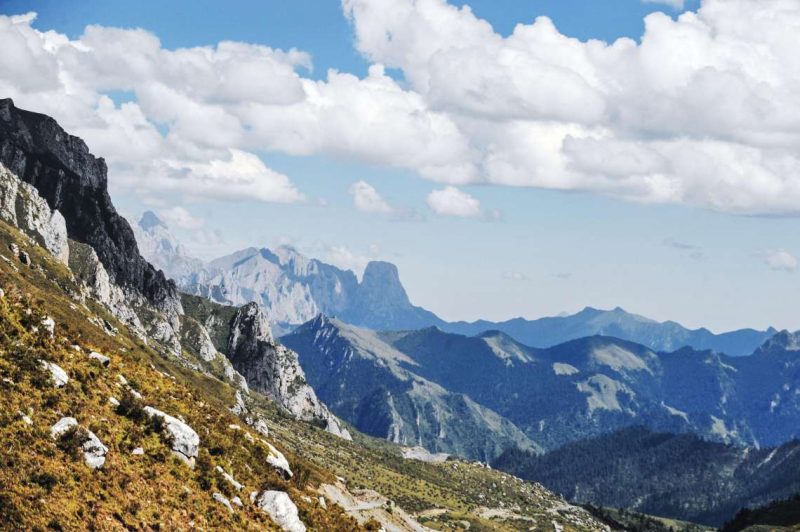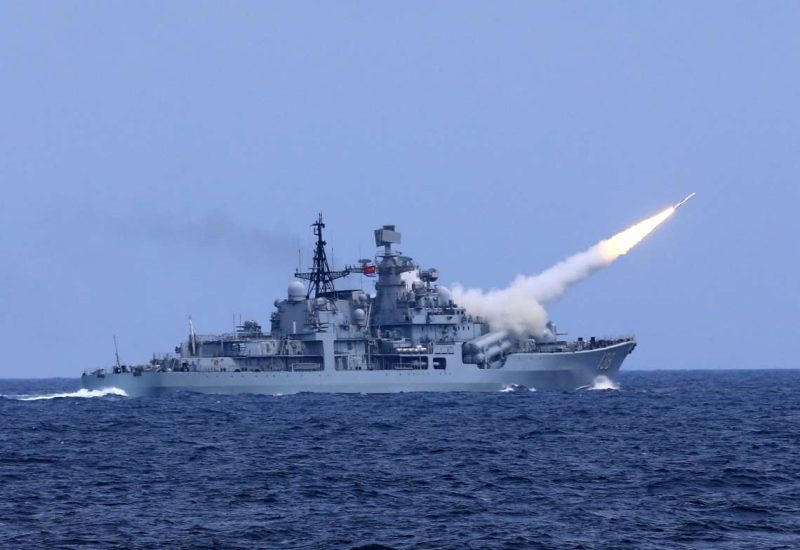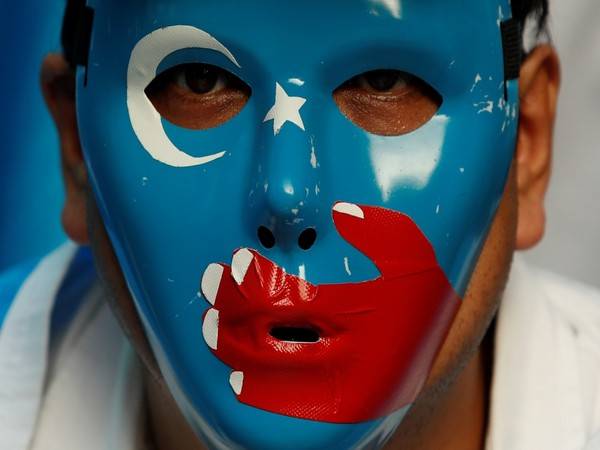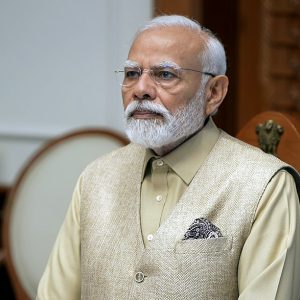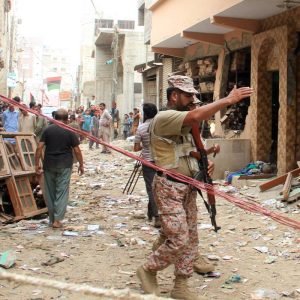As the birthplace of Buddhism and a civilisational anchor for Asia, India has both the moral authority and strategic incentive to defend the spiritual future of Tibetan Buddhism, writes Maj Gen Deepak Mehra (Retd)
“Bullets may silence a voice, but belief endures across borders and generations. China’s biggest threat is not an army, but a monk.”

In a world defined by hard borders and harder regimes, few figures command global reverence like His Holiness the 14th Dalai Lama. Recently, as he approached his 90th birthday, the spiritual leader reaffirmed a decision that has sent tremors through the corridors of power in Beijing. His reincarnation will not be under Chinese control. It will be discovered under the guidance of the Gaden Phodrang Trust in India, and crucially, beyond the borders of the People’s Republic of China.
This assertion is more than spiritual foresight; it is an act of cultural resistance. And as a former Army Officer who has spent a lifetime understanding not just India’s borders but the ideologies that seek to penetrate them, this is a critical front in China’s cultural warfare, one that poses long-term geopolitical consequences across Asia.
Tibetan Identity Under Siege
The conflict over Tibet has evolved far beyond conventional warfare. It is no longer a battle of tanks and airpower but of memory, faith, and cultural legitimacy. China’s campaign now focuses on systematically erasing Tibetan identity and replacing it with a state-approved, Sinicised version of Buddhism that aligns with Communist Party doctrine. At the heart of this strategy lies a controversial policy: Beijing’s insistence that all reincarnations of Tibetan Lamas, including that of the Dalai Lama, must be vetted and approved by the Chinese state, an institution that the Dalai Lama and Tibetan Buddhism predate by centuries.
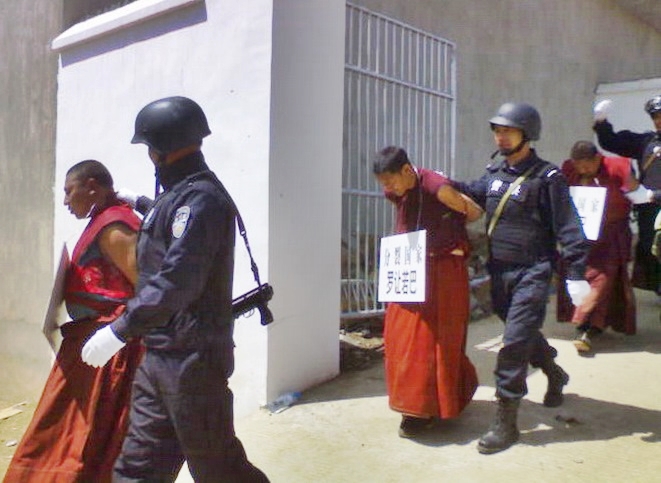
This assertion of authority is not only a violation of religious freedom but a calculated effort to control the spiritual future of Tibet. A stark example of this manipulation is the imposition of Gyaltsen Norbu as the Panchen Lama, widely rejected by Tibetans and labelled the “Panchen Zuma” or false Panchen. Meanwhile, the boy identified by the Dalai Lama as the true Panchen Lama, Gedhun Choekyi Nyima, was abducted by Chinese authorities in 1995 and has since become the world’s longest-held political prisoner. By interfering in the traditional reciprocal recognition between the Dalai Lama and Panchen Lama, China seeks to control the very process of succession and spiritual continuity.
This state-sanctioned Panchen Lama holds a position in the Chinese People’s Political Consultative Conference and publicly endorses Party policies, making him more a political emissary than a spiritual leader. As Penpa Tsering, President of the Tibetan Government-in-Exile, rightly stated in a WION interview: “How can a government that does not believe in religion decide the reincarnation of the Dalai Lama, the highest temporal and spiritual authority of Tibetan Buddhism?” He further argued that a Dalai Lama born under Chinese control would lack the freedom to carry out his responsibilities independently and emphasised, that the reincarnation could take place in India.
Simultaneously, China has intensified its ideological assault on Tibetan monastic institutions. Monks are now compelled to study Communist Party doctrine and the Mandarin language, while traditional Buddhist teachings, scripts, and practices are systematically marginalised. The larger goal is clear; To mould Tibetan Buddhism into a compliant ideological tool that conforms to socialist values and reinforces Chinese national identity.
This is not mere governance, it is a calculated act of cultural domination. Tibet today faces an occupation not of military boots but of its soul, traditions, and spiritual future.
Historical Legacy and Distorted Claims
The legacy of His Holiness Dalai Lama goes back more than a millennium to 1400 AD. Since then, it has been a strong belief amongst the Tibetans that Dalai Lama has control over his rebirth and can choose the body into which he will be reincarnated. The process of identifying a ‘Tulku’ or reincarnation, is a complex one with a series of tests, celestial and natural indicators, omens and certain inner and secret procedures using meditative insights. The final decision is made by the authoritative Lama. The present, Dalai Lama (Fourteenth) was chosen by a similar procedure in 1937 as a ‘Tulku’ of the 13th Dalai Lama at the age of two and his enthronement ceremony was held in Lhasa in 1940.
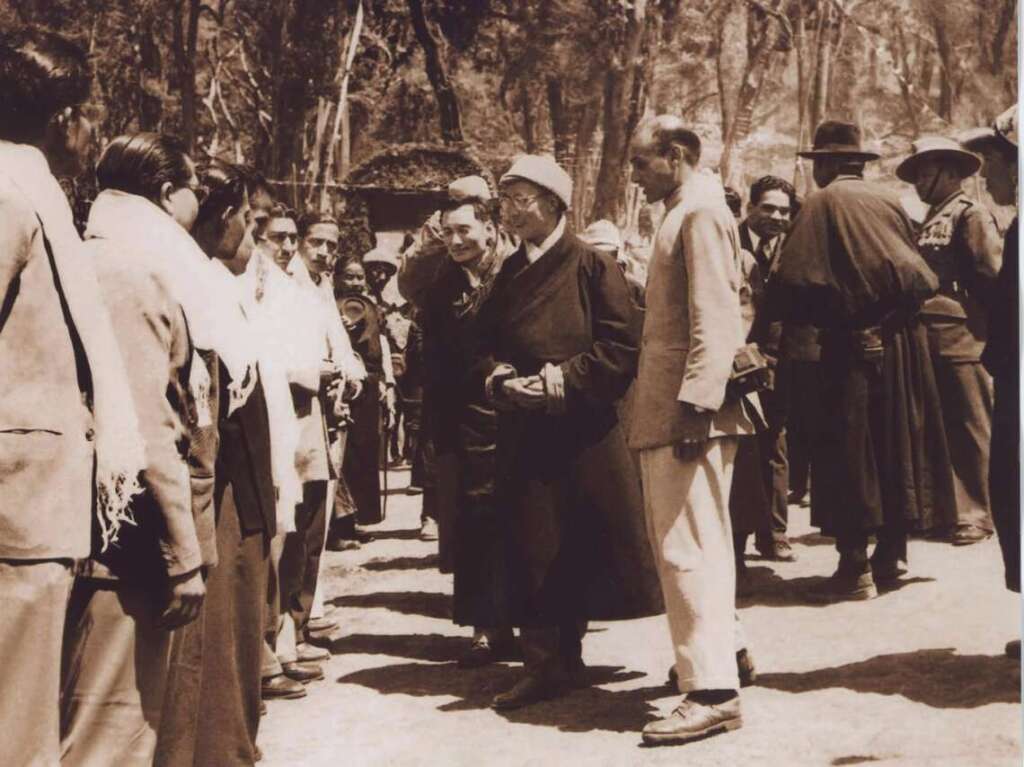
There is another procedure known as the ‘Golden Urn Procedure’ which was introduced as the First Article of 29-Article Ordinance in the year 1793 for the more effective governing of Tibet by the Chinese rulers.
Between 1791 to 1793, during the conflict between Tibet and the Gurkhas, the Tibetan Rulers had to take military assistance from the Manchu Kings (Qing Dynasty) of China. Consequent to the expulsion of the Gurkhas, the Manchu officials made a 29-point proposal on the pretext of making the Tibetan Government’s administration more efficient. This proposal, introduced during the tenure of the Eighth Dalai Lama, included the suggestion of picking lots from a Golden Urn to decide on the recognition of the reincarnation of the Dalai Lamas, Panchen Lamas and Hutuktus, a Mongolian title given to the high Lamas. As per the official writings of His Holiness, the Fourteenth Dalai Lama (translated from Tibetan), only in the selection of Eleventh and Tenth (disputable) Dalai Lamas this procedure was followed. In the balance of the cases, the procedure was dispensed with. It is a well-known fact that most of the Tibetans, including the Dalai Lama himself, do not have faith in this system as it was imposed by the Qing dynasty on the Tibetans and lacked any spiritual eminence.
Chinese Communist Party Stance
As per the Chinese foreign ministry spokesperson Mao Ning, “The reincarnation of the Dalai Lama, the Panchen Lama and other great Buddhist figures must be chosen by drawing lots from a golden urn, and approved by the central government”. As per the Golden Urn procedure broadly, several “soul boys”, who are considered reincarnated living Buddhas, must be named by the authorised temples. Out of these, one of them will become the particular Lama after a draw of lots from the Urn.
However, much against the wishes of the CCP, in the year 2023, the Dalai Lama scored a major point with the Chinese when he announced the reincarnation of the third most senior Lama or spiritual leader of Tibetan Buddhism and the head of the Gelugpa school in land-locked nation of Mongolia. The ceremony was held in Dharmshala and almost 600 Mongolians travelled to Dharamshala to attend the event. This was seen by the World as major win in the running battle between the Dalai Lama and the CPC and for the spiritual survival of Tibetan Buddhism in its true form.
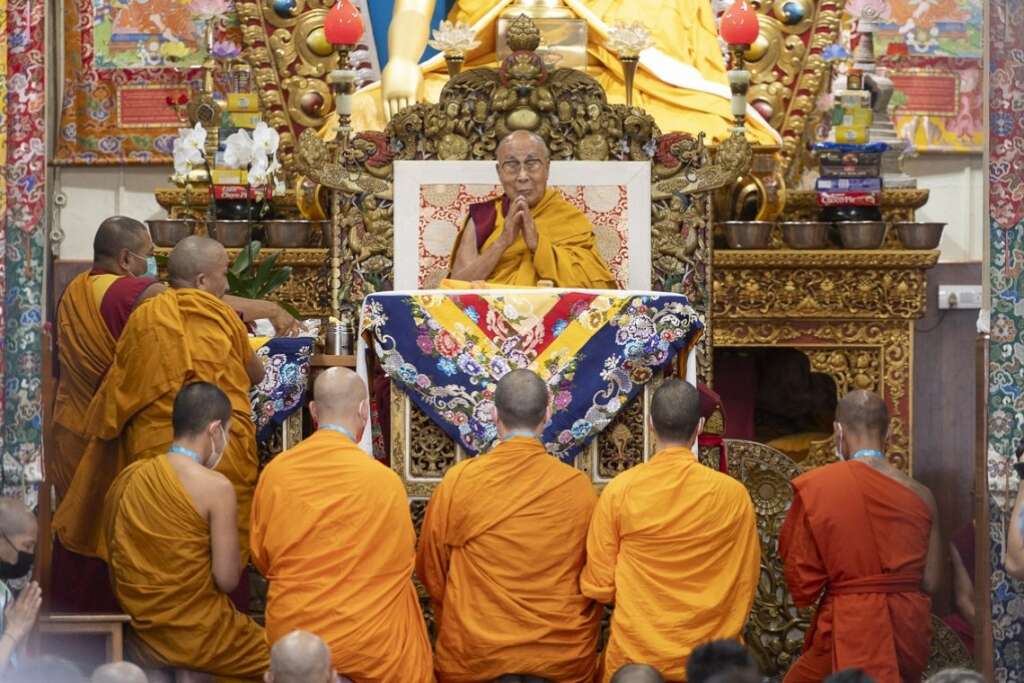
Dalai Lama’s Strategic Reincarnation
The Dalai Lama’s announcement that his successor could be born outside China, possibly even a woman, and would be chosen by the exiled Tibetan community, is a direct strike against the Chinese playbook. His statement undermines the legitimacy of any successor imposed by the CCP and ensures that the Tibetan spiritual tradition remains alive and independent. This is not merely a spiritual position, it is a geopolitical manoeuvre. The CCP understands this well as, it feels that the control over Dalai Lama’s reincarnation is tantamount to controlling the soul of Tibet.
Xi Jinping’s Ideological Campaign
Interestingly, this push for control over Tibetan Buddhism is happening in tandem with serious political tremors inside China. President Xi Jinping, though appearing unshakable on the global stage, is facing unprecedented internal dissent. A recent report suggests that former President Hu Jintao, aged 82, may be orchestrating a quiet political coup against Xi from within Party ranks. Also, military purges and silencing of top PLA officials signal fear within the regime, not strength. Adding fuel to the fire are the continuous localised protests in Tibet and Xinjiang, despite surveillance, indicating that Beijing’s ideological control remains tenuous at best.
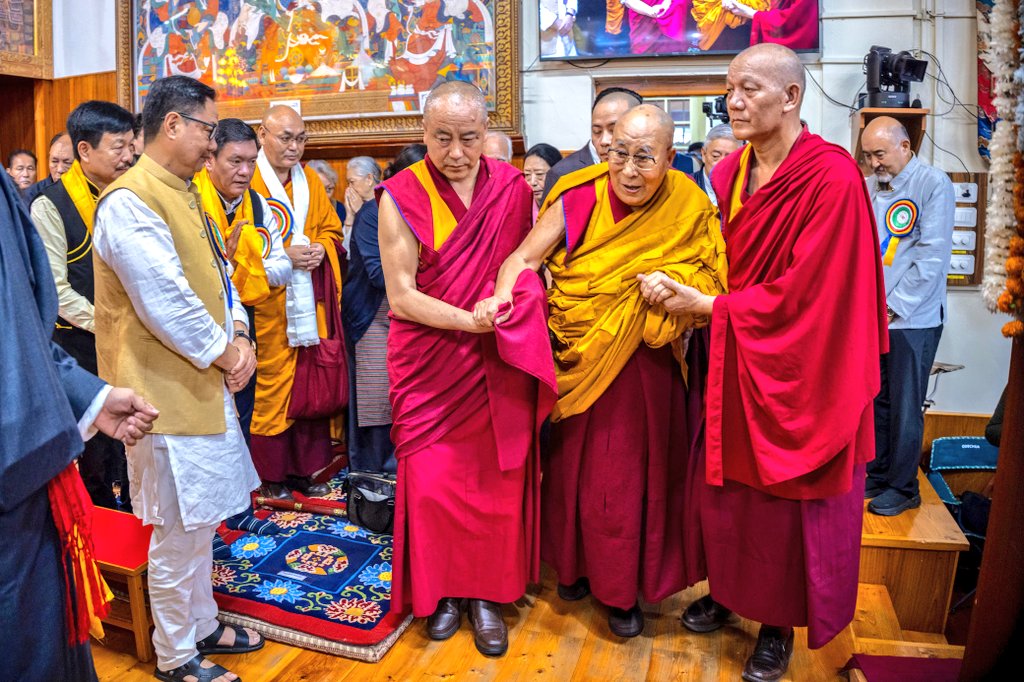
Thus, the urgency to secure cultural victories, like the Dalai Lama’s succession, is a necessity to shore up Xi’s weakening grip internally. CCP has already upped the game and for the first time ever Xi Jinping met the Panchem Lama on 06 Jun 2025, exactly a month before the critical 90th birthday of the Dalai Lama. During the meeting Xi Jinping expressed hope that Panchen Lama would, “work hard to become a Tibetan living Buddha with profound knowledge of Buddhism, beloved by monks and lay followers, and take the lead in obeying the law and adhering to the precepts”.
Ironically, while China builds global infrastructure through its Belt and Road Initiative, it continues to haemorrhage soft power. Its handling of the Uyghurs Muslims, repression in Hong Kong, open threats to Taiwanese independence and its move to usurp Tibetan Buddhism, are alienating it from nations where Buddhist values form the social fabric.
The Dalai Lama is a global icon of peace, a Nobel Laureate, and a moral authority. Beijing’s attempt to control his legacy reeks of ideological insecurity. The CCP may succeed in rewriting textbooks, but it will never command spiritual legitimacy in the eyes of the Tibetan people or the global Buddhist community.
India’s Strategic and Spiritual Response
India must view the unfolding developments around the Dalai Lama’s succession not merely as a religious or humanitarian issue, but as a matter of national security and strategic significance. The Chinese Communist Party’s systematic attempt to commandeer Tibetan Buddhism and impose its authority over the reincarnation process of the Dalai Lama strikes at the very core of Tibet’s cultural and spiritual autonomy. For India, this is a challenge that intersects both its territorial integrity and its civilisational responsibility.
As tensions rise, any Chinese attempt to politicise or militarise the succession issue could destabilise India’s border regions, particularly in Ladakh, Arunachal Pradesh, and Sikkim, where spiritual and ethnic ties with Tibet remain deeply rooted. India must therefore prepare doctrinally and logistically to manage the potential social, psychological and geopolitical fallout.
At the same time, India possesses a powerful lever of soft power in this spiritual contest. By supporting an independent and legitimate reincarnation process, India can assert its role as a custodian of Buddhist values and build a coalition of democratic and Buddhist-majority nations to reject any Chinese-imposed successor. This issue offers India an opportunity to shape a powerful counter-narrative to China’s coercive diplomacy, highlighting the contrast between democratic spiritual traditions and authoritarian cultural control.
China’s cultural warfare must be met with strategic countermeasures rooted in soft power, historical legitimacy, and international law. India should lead global diplomatic efforts to spotlight this issue at the United Nations, not as anti-China rhetoric, but as a principled stand for religious freedom and civilisational preservation. Framing the reincarnation issue as a question of spiritual sovereignty, not just geopolitics, will allow India to galvanize international support from like-minded nations.
As the birthplace of Buddhism and a civilisational anchor for Asia, India has both the moral authority and strategic incentive to defend the spiritual future of Tibetan Buddhism. Supporting the legitimate reincarnation process within Indian territory, expanding Buddhist diplomacy across the Indo-Pacific and Eurasia, and mobilising international institutions to reject cultural subjugation are steps that will not only safeguard Tibet’s spiritual legacy but also reaffirm India’s leadership in an increasingly polarised world order. This is a defining moment for India to assert that safeguarding faith is also a form of national defence.
Last Word
In the modern conflict, along with the guns, aircraft and ships, narratives and counter-narratives play a central role. They often shape not only perceptions but also strategies, legitimacies, international opinions and even outcomes. Unlike traditional warfare focused purely on physical territory and military dominance, modern conflicts, especially asymmetric ones, revolve heavily around the battle for hearts and minds and legitimising one’s actions. China’s campaign to erase the true legacy of the Dalai Lama and replace him with a puppet figure is a clear example of cultural warfare masquerading as political policy wrapped in historical distortion. It is another attempt to retain control over the ‘Roof of the World’ by changing its ancient traditions and culture to suit its needs.
It is also an act of desperation of a regime attempting to outlive its spiritual adversary by manufacturing consent. But legacies like the Dalai Lama’s are not built by decree of the Communist Party. They are born of millennia of trust, sacrifice, and spiritual truth.
India , the birth place of Buddhism, must now guard not just its borders, but also the soul of its civilizational allies. In standing with the Dalai Lama, we are standing for the very principles of autonomy, identity, and resilience that define the Indian way of life.
(The writer, Kirti Chakra, AVSM, VSM, is an Indian Army veteran. He has also served as the Indian Military Attaché in Moscow. He is the Founding Director and CEO of ThorSec Global, a strategic and security Consulting Firm in India. An accomplished scholar, he specialises in Geopolitics with a focus on Russian Studies and is currently pursuing his PhD in the field, further enriching his depth of knowledge and global perspective. He can be reached at deepak.mehra@thorsecglobal.com and deepakmeh67@gmail.com)


